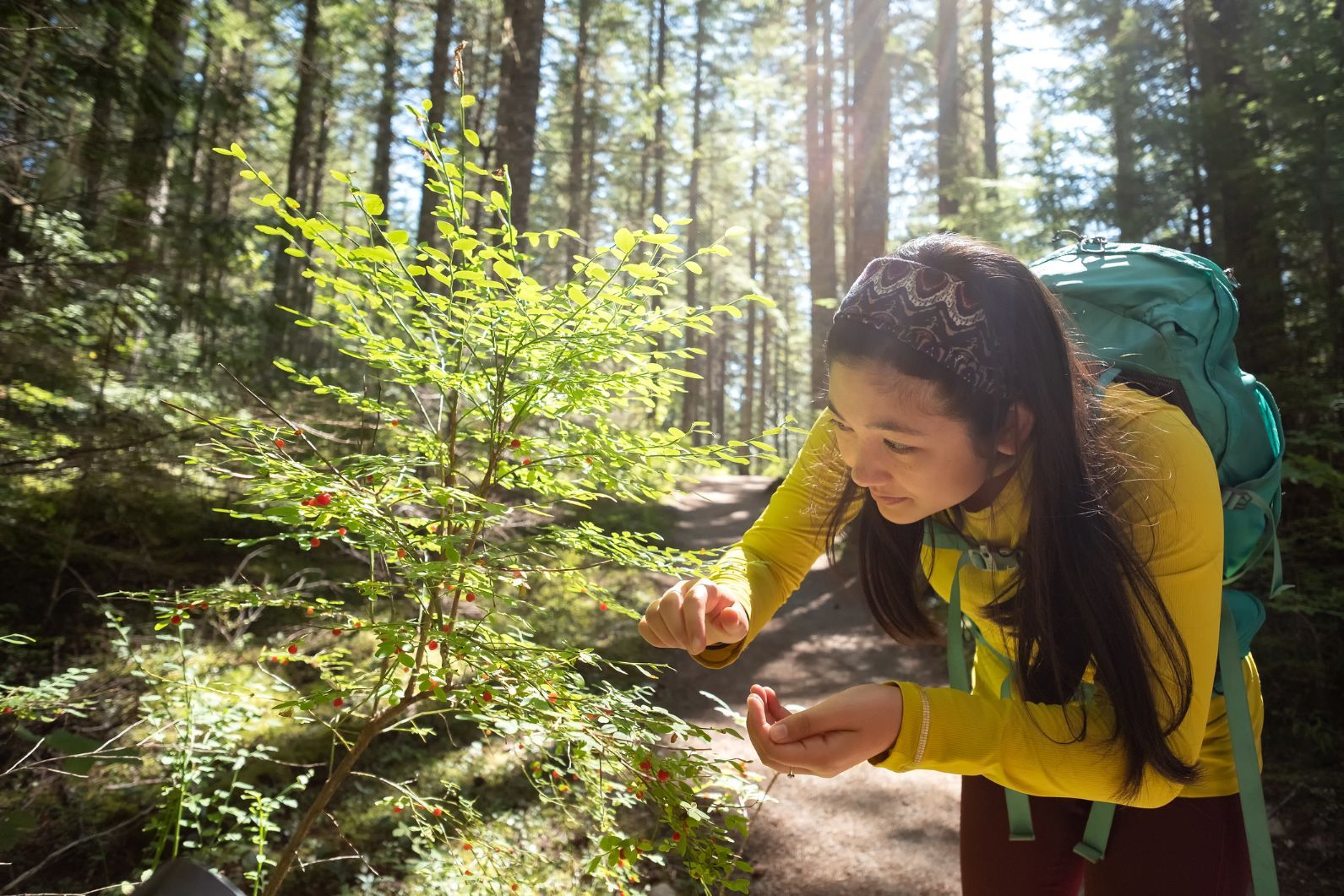Foraging brings us closer to nature and closer to the food on our plate. If you're going to go out foraging though, it's important that you respect nature, and respect the biodiversity (and the laws) of the place where you're foraging. You don't want to negatively impact the wonderful location you're foraging in, and you certainly don't want to go putting the wrong plant or mushroom in your mouth. That could end with a trip to the hospital or worse. Follow these tips to be a safe, responsible forager, and you're off to a good start.
1. Forage Within the Law, and With Respect to Beneficial Harvesting Methods
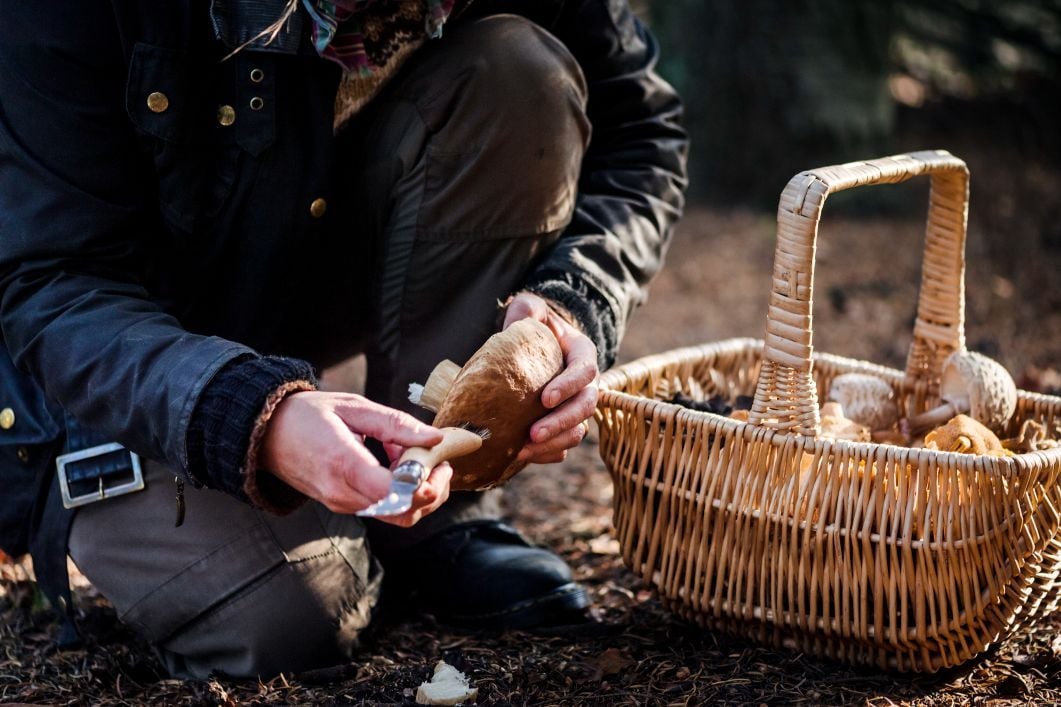
This is a fairly good opening point for any article about being responsible, in any given activity: try not to break the law while you're out there. Still, most foraging of the four F's - fruit, foliage, flora and fungus - is absolutely fine if it's for personal use, and if you're sensible and considerate to the land and others.
In the UK at least, foraging is legal in most open, public spaces. However, under the Wildlife and Countryside Act of 1981, it is illegal to dig up or remove a plant (including algae, lichens and fungi) without permission of the landowner. Avoid National Nature Reserves (NNR), Sites of Special Scientific Interest (SSSI) and other protected areas - which are protected for a reason.
Each region has its own foraging specialities, rules (written and unwritten) and expertise
There are species which are protected, and thus, which shouldn’t be disturbed. But you'll be hard-worked to find most of them, anyway. Others have friendlier ways to harvest them. Wild garlic bulbs aren't normally used, for example, and by taking them you prevent the plant returning. So most take the leaves and leave the bulb. The Association of Foragers Principles of Practise includes the line: "We undertake that all species will be harvested using techniques that do not cause permanent or irrevocable damage to them, their future survival and the environments in which they exist."
In some places, foraging is discouraged. "These sites can be identified through signage on site, but please always check before setting off," say the Woodland Trust, for example. Famously, and controversially, the boom in wild food in restaurants has led to a subsequent boom in foraging, which has led to more bans on foraging in the UK. Look into the laws and bylaws of specific areas before going. Rules tend to differ when picking for commercial use.
Other laws apply elsewhere, so research before you go, but to finish with how we started - foraging is usually fine if sensible, educated and considerate.
2. Never Eat Anything Without Being 100% Sure of Identification
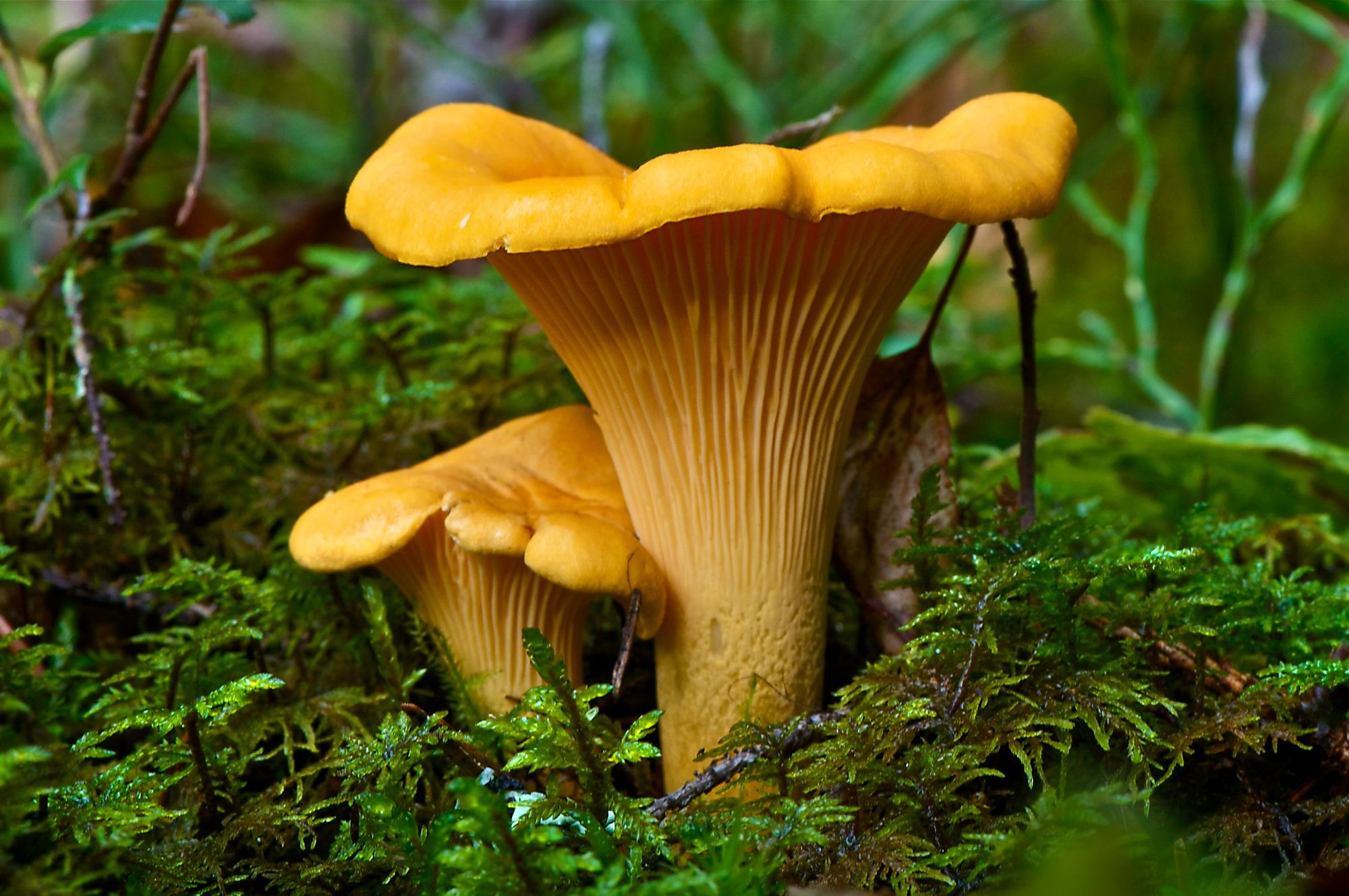
Don’t pluck, eat or grab any plant, fungi, algae etc without being certain of what it is. This is a good way to both a) make sure you don’t eat something poisonous and die, and b) make sure you don’t accidentally pluck or damage rare, or protected plants. It takes time to become a foraging expert, and this is not a field where you want to rush to conclusions. Always stay on the side of safety.
Field guilds are bibles for foragers, and local knowledge is hard to beat.
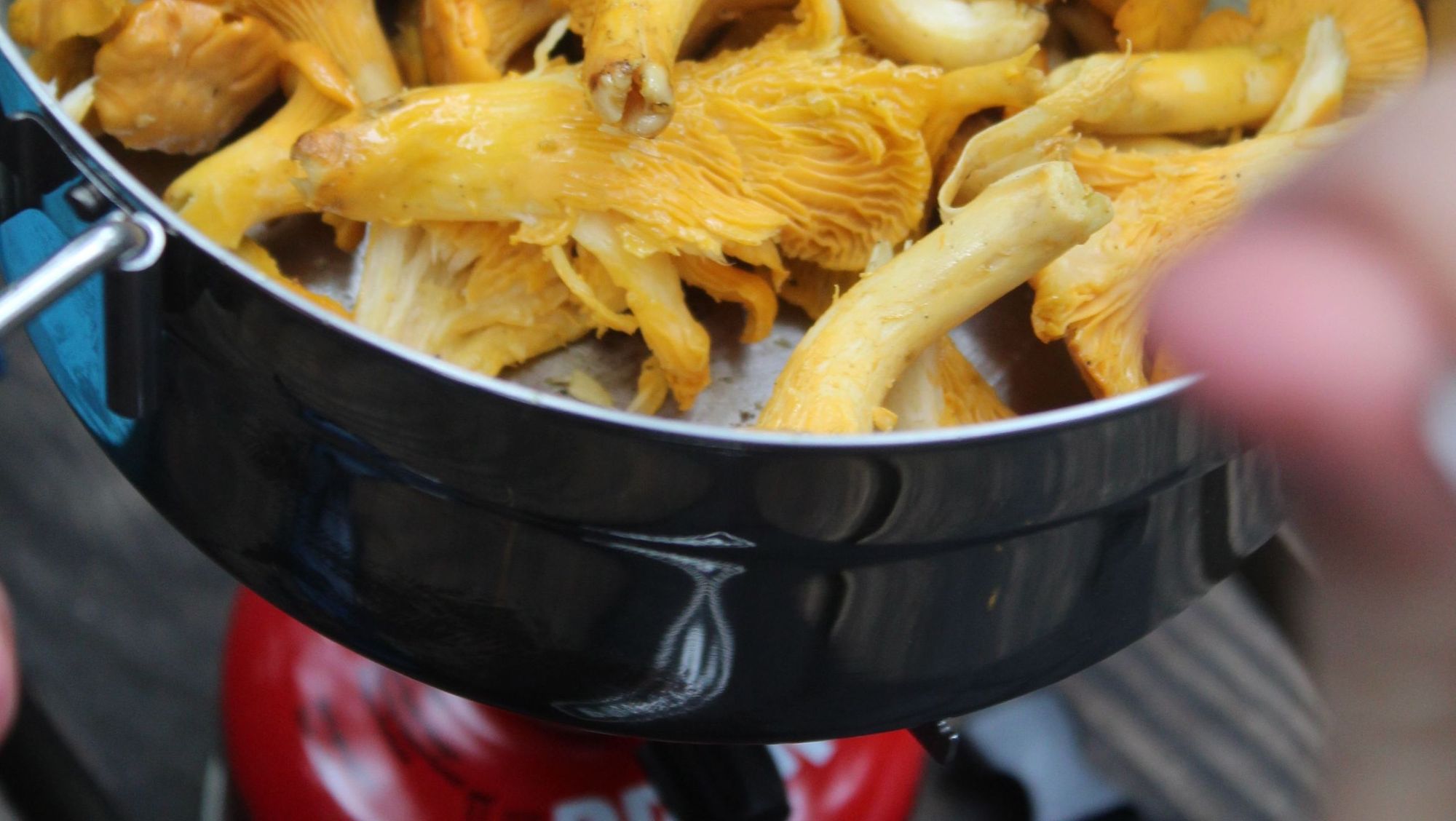
The Woodland Trust write that you should never consume unless “absolutely certain” of an ID on a wild plant or fungi, and likewise, the Scottish Wild Mushroom Code states: “Some mushrooms are poisonous and others rare and should not be collected – only collect what you know and take a field guide with you to identify mushrooms where you find them.” 100% identification is crucial.
3. Beware of Lookalikes!
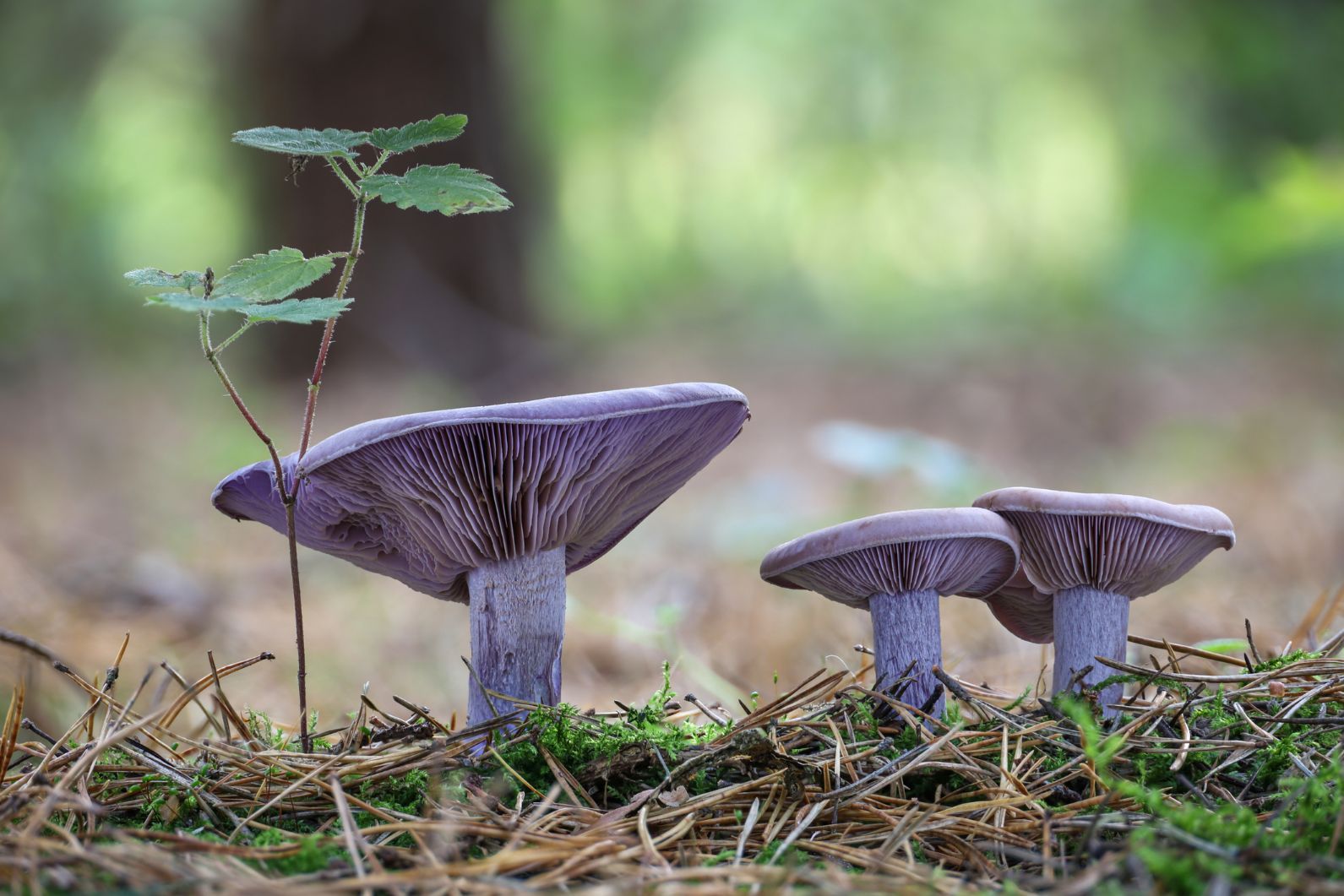
Doesn't this point look quite a lot like the last one? Perhaps it does. But it's important! Many species of mushrooms have lookalikes - most of which you can discover with a well-directed Google or in a field guide. Some lookalikes are still safe to eat, but taste worse. Others are deadly poisonous.
The tasty Wood Blewit, for example, looks like the Bruising Webcap, which is suspect. These can usually be told apart by a web covering the gills (the thin, intricate structure beneath the cap), or by a brown-ish band on the stem on the bruising webcap - but it's a good example of how tricky it can be to be 100% sure of a mushroom ID. The Mushroom Kingdom is a complex one. Just ask Super Mario. So take your time, only eat when 100% sure and stay safe!
4. Forage Sparingly
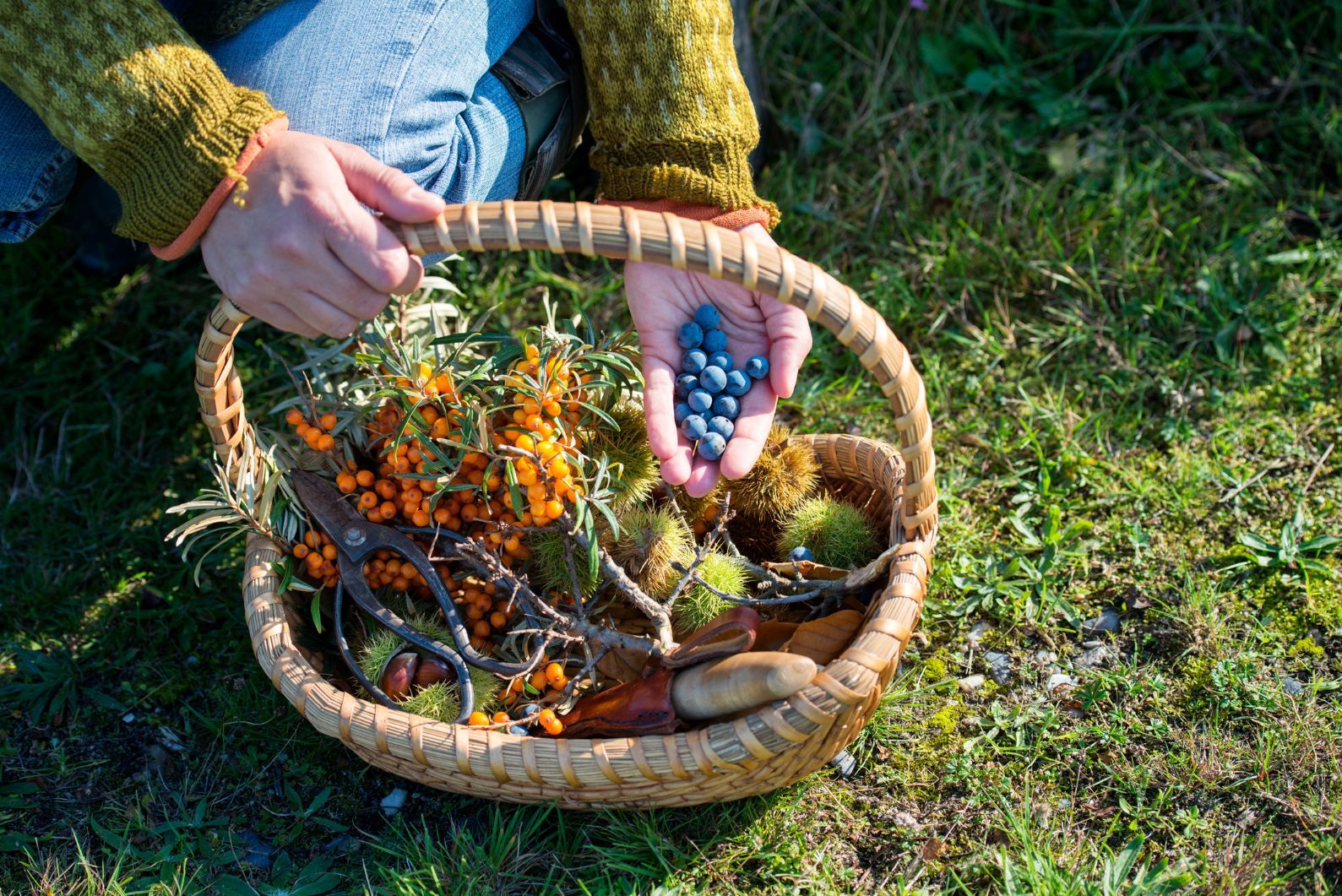
Only take what you plan to eat, and don't take everything you find on a foray. You're removing from an ecosystem. Not only are there other foragers, it's also important to leave snacks behind for the wildlife and allow species to remain strong. That said, most commonly foraged items in the UK are super abundant.
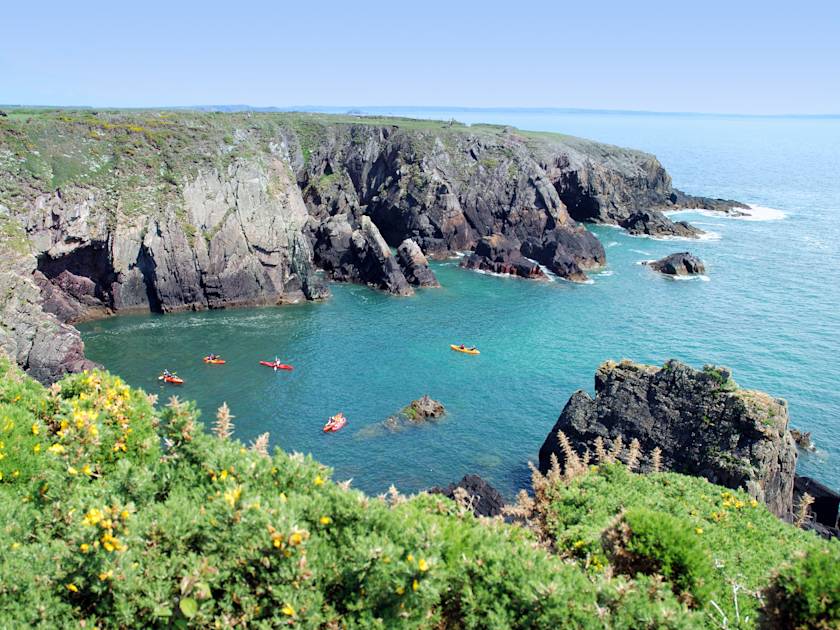
How much you pick should be dependent on location. If chanterelle mushrooms are abundant where you are, you can take a good few (within reason). If not, pick sparingly. Consider leaving single mushrooms, or only picking one from a pair. You don't want to leave a negative impact on the biodiversity. Pluck with care. Try not to damage plantlife when you grab a berry, nut or whatever else.
"Foraging should always be carried out in ways that do not compromise future species populations or the biological communities of which they are a part," says The Association of Foragers.
5. Follow the Mushroom Code
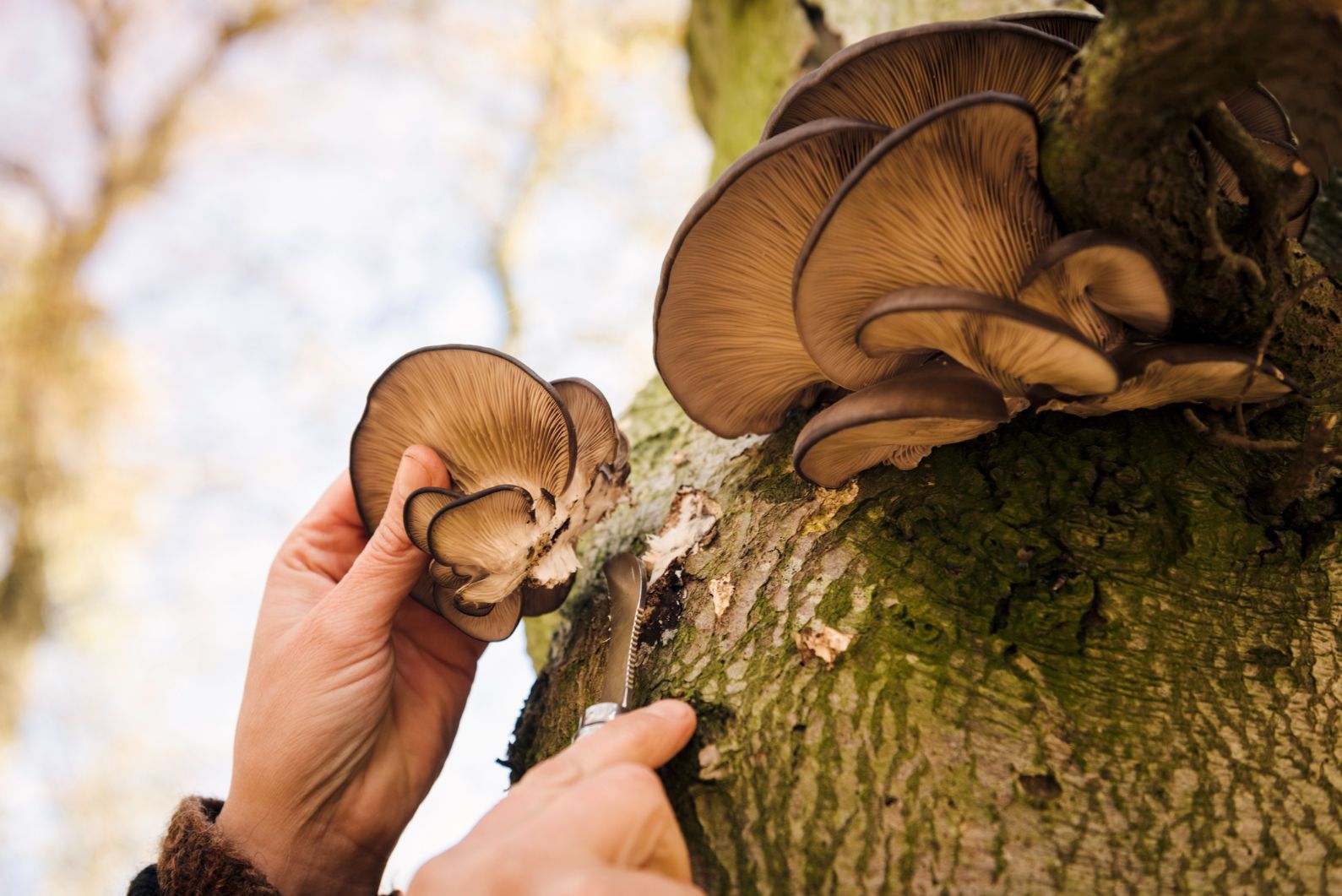
We’ve quoted the Scottish Wild Mushroom Code once before, and now we’re going to do so again. They write: “When you’re looking for mushrooms, allow mushrooms to release spores, do not pick mushrooms until the cap has opened out and leave those that are past their best”. This is all about allowing the mushrooms to mature and picking them in their prime - not before and not after.
The code also states that “the main part of the mushroom is below the surface, [so] take care not to damage or trample it, and not to disturb its surroundings,” and finally, when you have what you need, “scatter trimmings discreetly in the same area as the mushrooms came from.”
It's also worth reading the Code of Conduct from the British Mycological Society.
6. Stay away from Polluted Areas
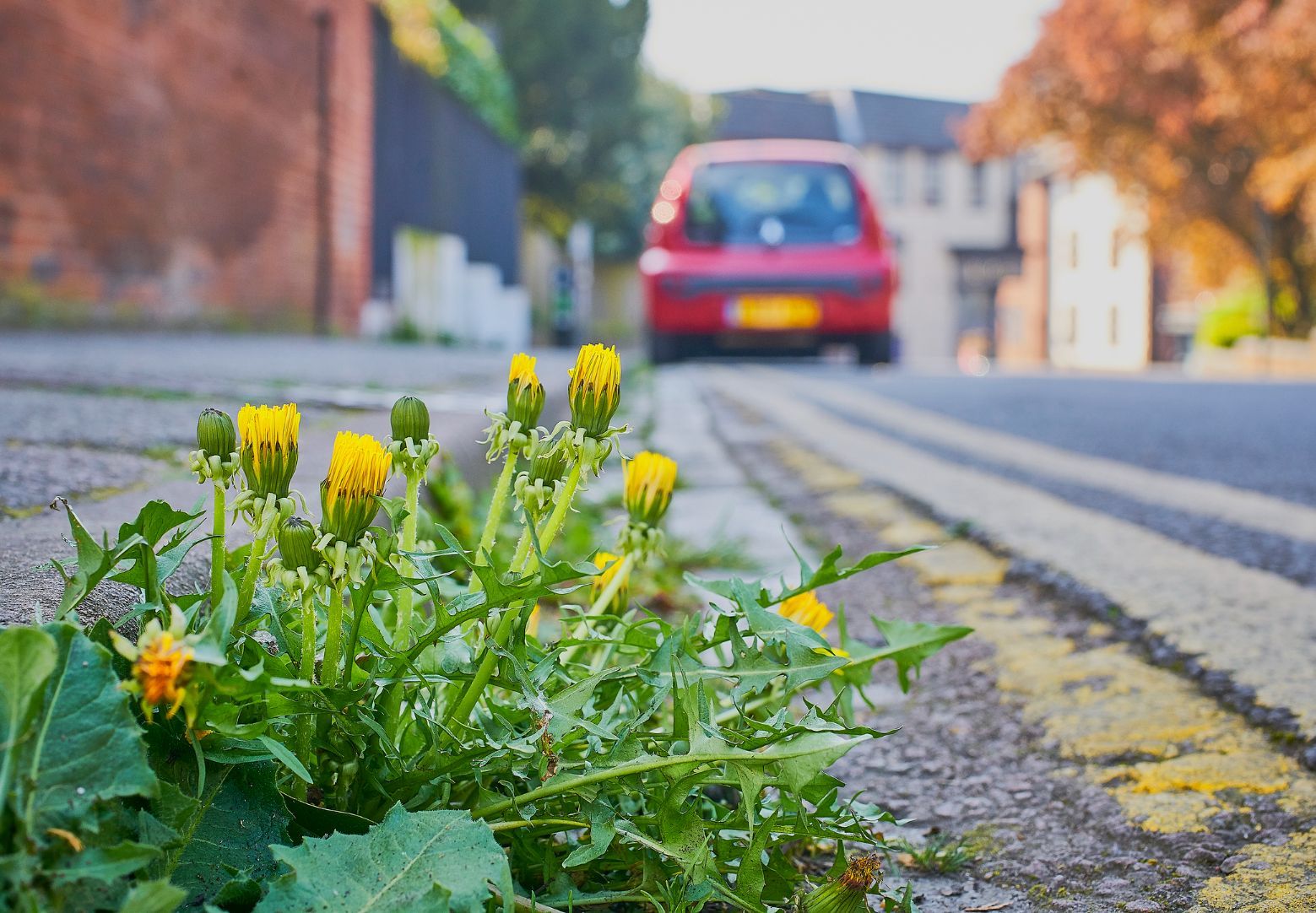
One helpful tip from Forestry and Land Scotland is: "Avoid plants on busy roads which may have absorbed exhaust fumes." Likewise, you should also be careful in common dog-walking spots, or foraging in areas that may be regularly treated with chemicals. If you're not 100% sure, leave it where it is. It isn't worth the risk.

7. Tap into Local Knowledge and Get Out There
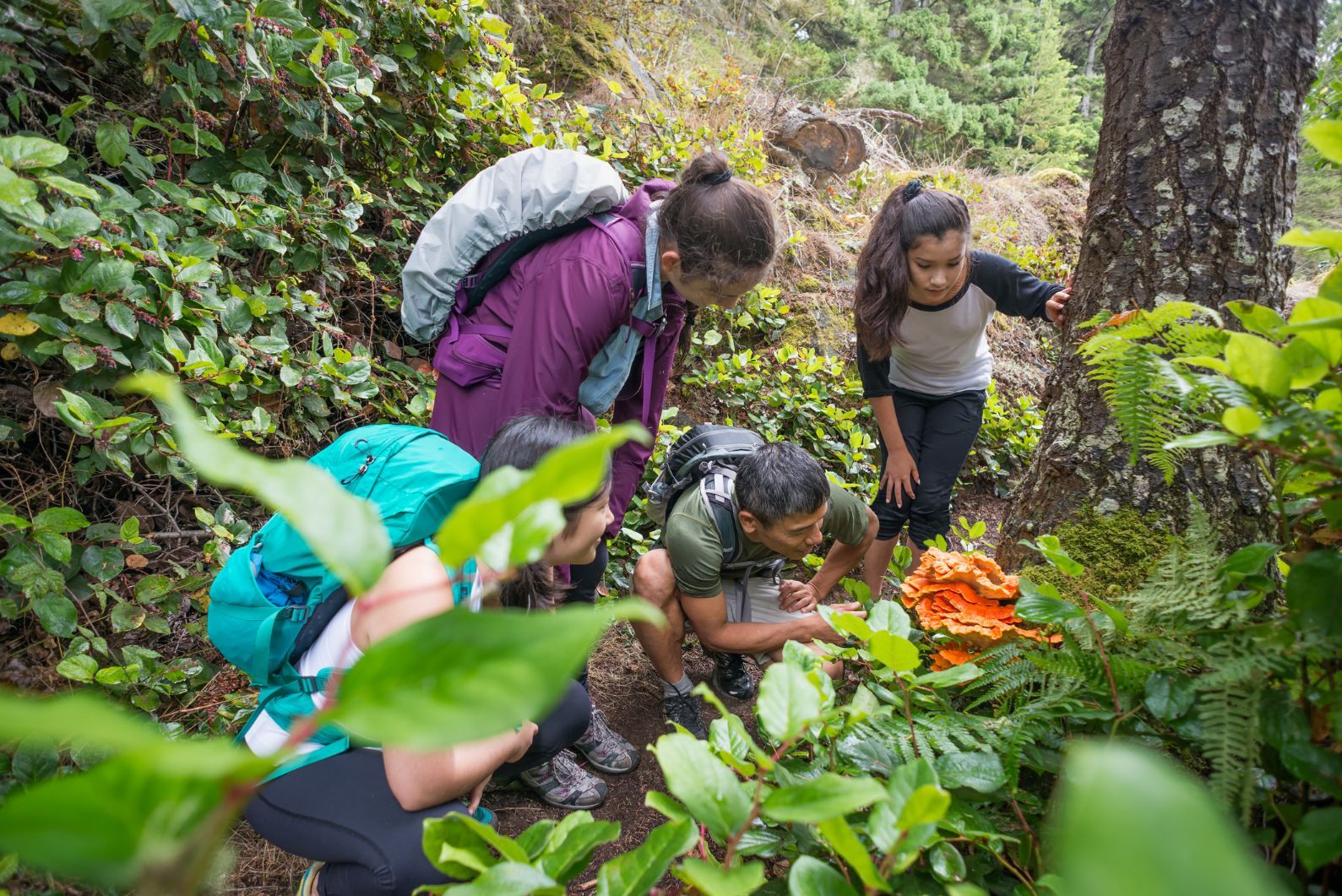
There are more community groups than ever before. Look out a foraging group in your local area. There may even be a local foraging course where you can learn from an expert. Each region has its own foraging specialities, rules (written and unwritten) and expertise. There's no better way to learn about all of that than from a local guide who's been foraging there for years. Tap into that local knowledge and who knows? Maybe one day you can pass that information on.
Inspired? Join one of our foraging trips on the Pembrokeshire Coast or equip yourself with bushcraft skills in the forests of Sweden.

